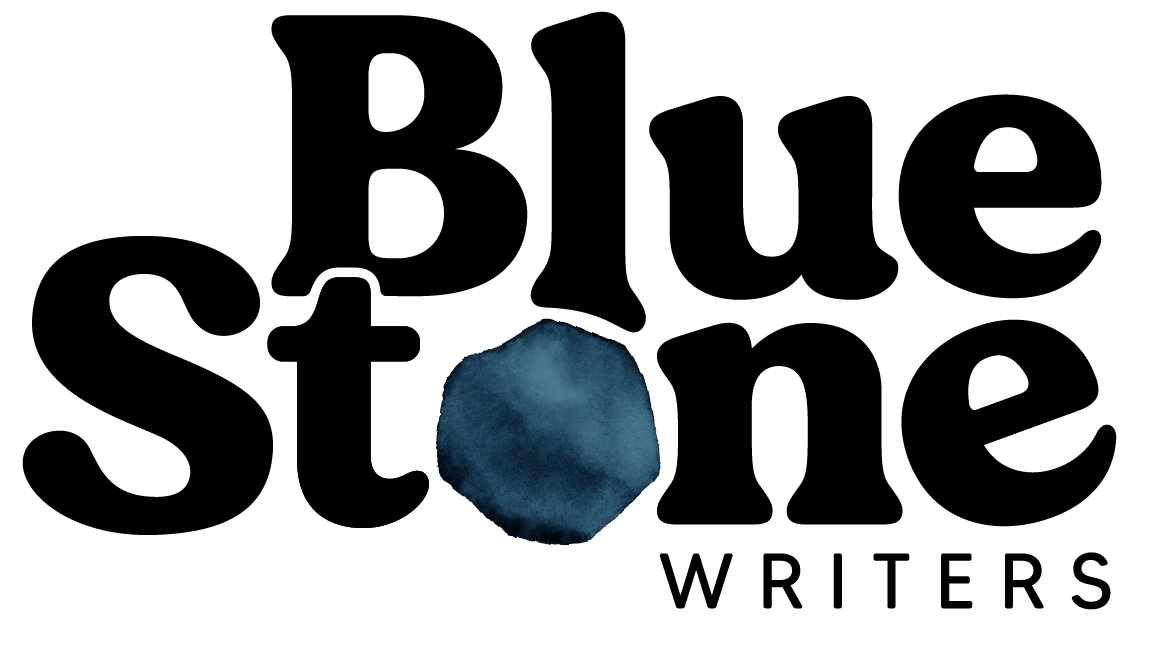Happy Winter Solstice!
Those of you who’ve studied with me recently know that I’m thinking a lot on these themes of light and dark, particularly as the planet shifts to rebalance the two. Let’s engage with the notion of light and dark to bring out unexpected elements in both our characters and our worlds.
I love the solstices as a time to reflect on what we’ve been up to and how that’s going to change in the coming six months, particularly for the creative life. It gives us a chance to set intentions for our writing process and also our works-in-progress: What characters/themes/places/emotions have we neglected or felt uneasy to explore? Can the growing light in our hemisphere inspire us to engage with these hidden corners that have fallen into shadow? Can it illuminate something in our own creative life that has been wanting to come forward—the need to try out a new medium, find a writers group, or experiment with a new tool for the daily/weekly process?
In our stories, as in our lives, we’re always navigating a balance between so-called light and dark. The prompts below will guide you to create new material (or revise existing work) by using these themes as well as set some intentions for your process in this coming six months of the growing light.
Guided Writing to Illuminate Possibilities
Take a deep breath before you get started. Close your eyes for one minute. Thank yourself for taking this time. Thank the sun for rising, and the moon for shifting shape. Thank the space around you. Take another deep breath, and then proceed.
Think on a place that feels full of light—either in your work-in-progress, in your real life, or in a world you’re looking to dive into for a new story. What does it feel like to be in this place, for you or your character? Write for five minutes, allowing yourself to engage with all five senses in this light-filled space.
Now, consider a theme/character/place in your story—or one that’s been hanging out in your imagination lately, trying to talk to you—that you haven’t wanted to engage with because it feels too dark. Too thorny. It feels shadowy and has lived in shadow. Write for five minutes, reflecting on WHY you don’t want to have a conversation with this theme or this character (or this real person, for the memoir writers among us). Allow yourself to speak freely here.
Now. We’re going to combine the two previous exercises; this is pure experimentation here. It might be weird. Invite your theme/character/place into the light-filled space. You can do this by dropping the character into this space and letting them hang out there, or by allowing the theme to weave into the place through a symbol, natural element, or even a new character. This is truly speculative thinking, and this is where you turn off your adult brain that tells you you have to get something “right” and turn on the malleable child brain that is willing to break things to find out what’s inside. Write for nine minute, allowing this interplay between light and dark, and allowing things to take new shapes as they enter new spaces, to be changed by the changing light.
Alright. Deep breath. What is being illuminated here, for your work and your writing process? How do you want to work in the coming half-year? What elements of your process do you want to keep alive, and which do you want to let go? Allow this time of shifting light to inspire your own subtle or dramatic shifts in process. Write for six minutes, jotting down ideas for your coming six-month timeline of the creative life.
Finally, one last breath. Thank yourself again for taking this time. Thank the space around you. Thank the shifting light. Let the work grow with you and change as the light grows and changes.
Want weekly writing prompts? Follow @bluestonewriters on Instagram for Monday Writing Pauses, dropped each week to invite you to pause…write…breathe.


